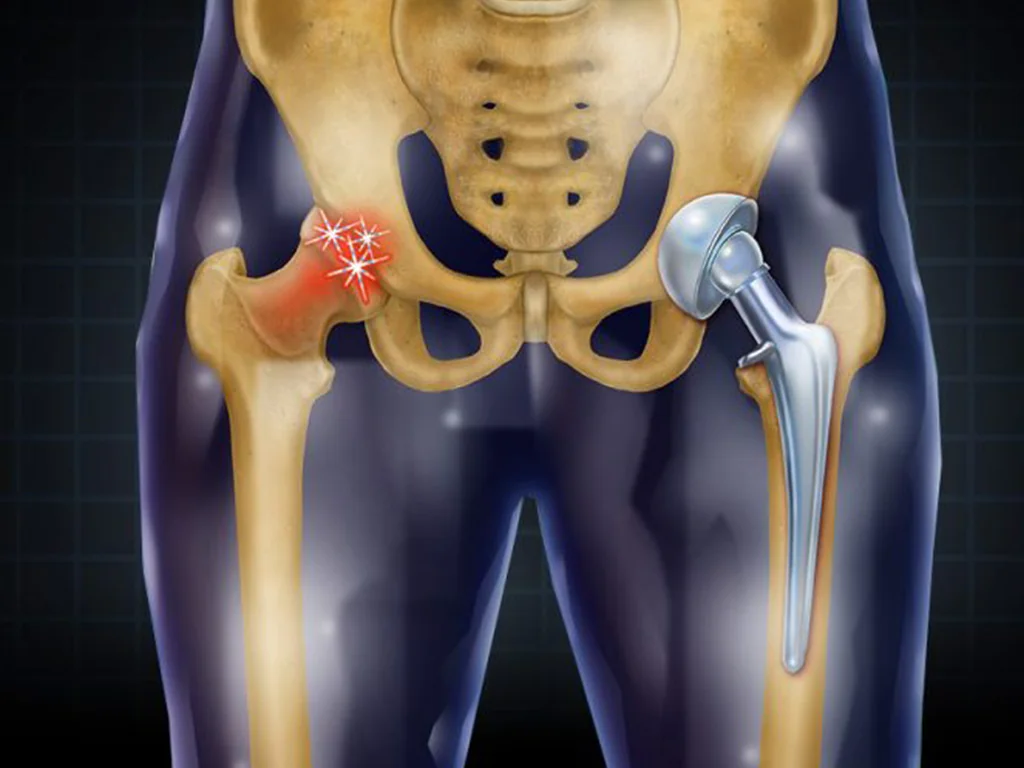Physical therapy plays a crucial role in hip replacement recovery, helping patients regain strength, flexibility, and mobility after surgery. Here are some effective exercises recommended by physical therapists.
Effective Physical Therapy Exercises for Hip Replacement Recovery
1. Range of Motion Exercises:
Gentle range of motion exercises help improve flexibility and mobility in the hip joint. These exercises may include ankle pumps, heel slides, and knee lifts, performed under the guidance of a physical therapist to prevent strain or injury.
2. Strengthening Exercises:
Strengthening exercises target the muscles surrounding the hip joint, including the glutes, quadriceps, and hamstrings. Examples of strengthening exercises include leg lifts, hip abductions, and bridges, gradually increasing resistance and intensity as tolerated.
3. Balance and Stability Exercises:
Balance and stability exercises help patients regain control and stability in the hip joint, reducing the risk of falls and injuries. These exercises may include single-leg stands, heel-to-toe walking, and balance board exercises, focusing on maintaining proper posture and alignment.
4. Gait Training:
Undergo gait training, if advised by the hip replacement surgeons who performed your surgery, involves practicing proper walking patterns and techniques to improve mobility and reduce limping or uneven gait. Physical therapists work with patients to correct any abnormalities in walking patterns and ensure smooth and efficient movement.
5. Functional Activities:
Functional activities simulate real-life movements and tasks that patients encounter in daily life. These activities may include stair climbing, squatting, and getting in and out of chairs or beds, helping patients regain independence and confidence in performing routine activities.
6. Flexibility Exercises:
Flexibility exercises focus on improving the range of motion and suppleness of the muscles and soft tissues surrounding the hip joint. These exercises may include gentle stretching of the hip flexors, hamstrings, and glutes, helping alleviate stiffness and improve mobility.
7. Hydrotherapy:
Hydrotherapy, or water therapy, entails exercising in a pool or aquatic setting. Water’s buoyancy lessens joint stress and offers resistance for strength training. It’s especially helpful for patients with limited weight-bearing capacity.
Conclusion
By incorporating these physical therapy exercises into your post-surgery routine, you can regain hip joint function and mobility after replacement surgery. Always consult with a healthcare professional before starting any exercise program post-surgery. If you’re experiencing discomfort and reduced mobility in your hip area and considering hip replacement surgery, trust MSK Doctors Clinic for successful treatment. Our experienced surgeons are competent in offering permanent relief from hip pain. Contact us to learn about our services in detail.
